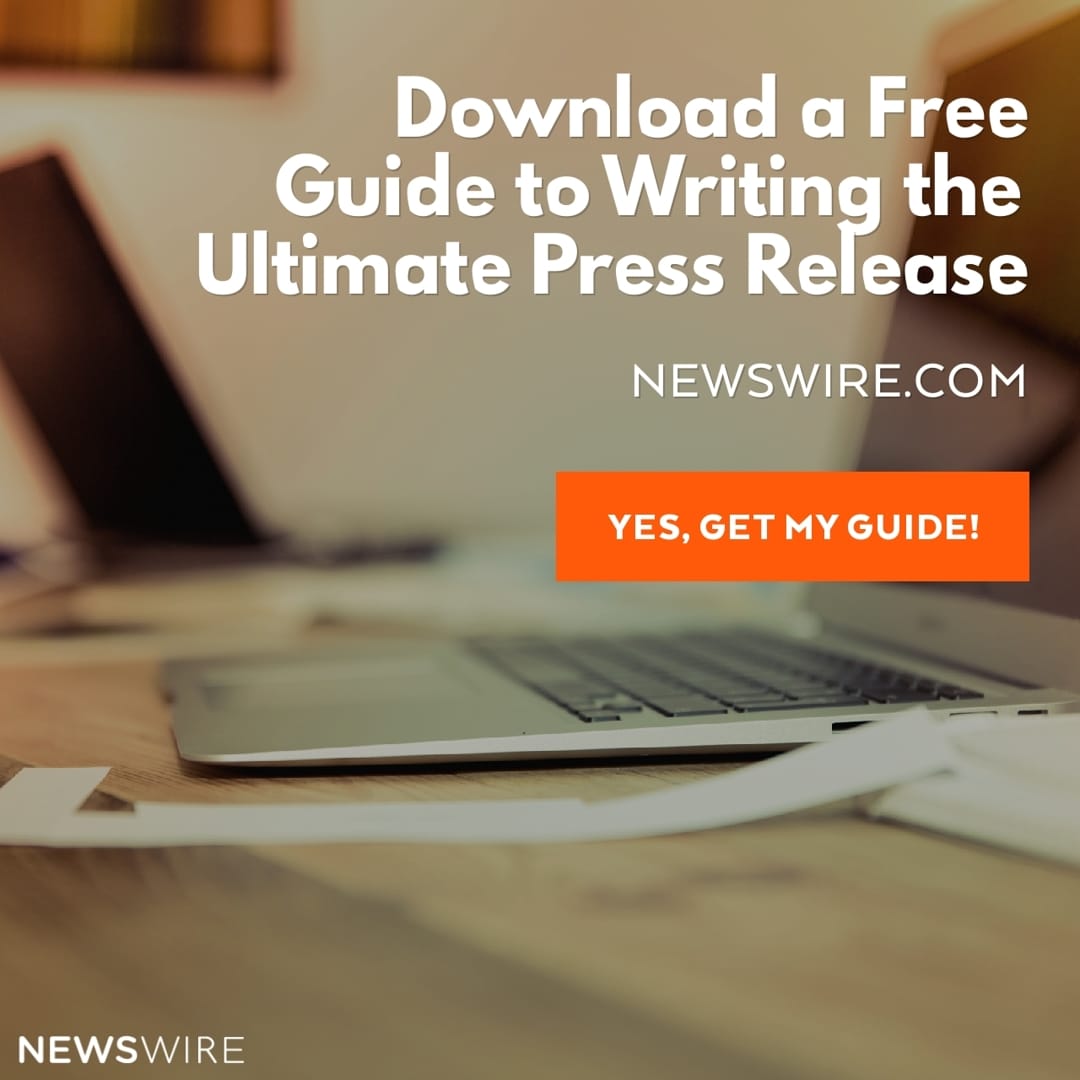
What’s Better for Your Press Release, Conversational Writing or Journalistic?
There are pros and cons to both conversational writing and journalistic writing when it comes to issuing a press release. On the whole, it is better to opt for the journalistic style to avoid the possibility of lapsing into marketing language and getting your press release dismissed as nothing more than a thinly-disguised sales letter.
The journalistic style can also help you write with more focus and clarity, and eliminate long-winded sentences. Let’s look at some of the reasons a journalistic style can help:
1-Focus on real news
Press releases should inform the media about real news in the life of your business.
- Mergers
- Acquisitions
- Major milestones
- Product launches
- Live events
Since it is newsworthy, it should read like a news story, not an ad.
2-Be sure to include the 6Ws
The 6Ws of Journalism are:
- Who
- What
- When
- Where
- Why
- hoW
They are used as a checklist to ensure all of the most important details in relation to any news story are included. This will also keep your writing on the journalistic track, not the marketing one. There’s really no room for fluff or a chatty style here, just the essentials.
3-Just the facts, not hype or opinions
Journalists reading your press releases are busy people. They want to know if there is anything worth paying attention to and reporting to their own audience by giving you a media pickup. They are not there to sell for you.
With around 300 press releases published per day in the US alone, they have to be very selective about what they choose.
Only the best will stand a chance of gaining their attention and holding it long enough for them to consider passing along your information to their readers.
4-Setting yourself apart
The truth is that conversational writing in the form of blogs, social media posts and so on are all around us. It can be tough to stand out from the crowd. A journalistic style of writing in your press releases shows a certain degree of professionalism.
It is also a writing style that needs to be learned and mastered.
Anyone can write in a conversational style as if they are chatting with a friend.
Product sales letters use this tactic often. A journalistic style is more formal and structured, usually with shorter sentences that scan easily, whether in print or online.
The writing is tight, with every word and sentence being made to count. There is nothing rambling or off-topic. There are no flowery language, similes or metaphors as you might expect from conversational writing. The news story is driven by nouns and strong verbs.
5-Edifying AND entertaining
You might think that the journalistic style of writing sounds very dull in comparison to the conversational style, but the truth is that words have power, so cutting out the “fluff” can make your writing far more vivid than a flowery piece.
Look at the difference between:
- Decrease
- Cut
- Slash
- Axe
Each publication has its own style and tone, so what might be a good headline for the Daily News would not usually be suitable for the New York Times, and vice versa:
X Company announces a decrease in their workforce
X company axes 50% of workers
Be interesting but not too sensational, and your press release should suit the tastes of most journalists and hopefully get you some pickups.












